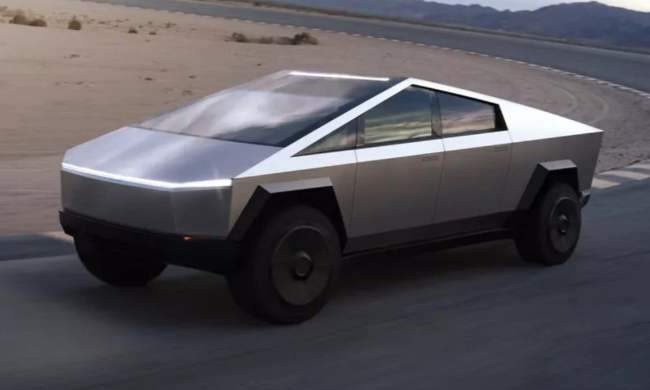Tesla vehicles do not have a design flaw that can cause sudden unintended acceleration (SUA), according to the results of a yearlong review by the National Highway Traffic Safety Administration (NHTSA).
The investigation — launched by the agency after it received a petition with 232 complaints about the alleged fault, 203 of them involving crashes — concluded that the incidents were caused by the driver hitting the wrong pedal.
The NHTSA took a close look at all of the complaints listed in the petition, and also analyzed available crash data from sources such as the vehicle’s Event Data Recorder, log data, and/or video data.
After reviewing all of the evidence, the NHTSA concluded that “SUA crashes in the complaints cited by the petitioner have been caused by pedal misapplication.”
It added: “There is no evidence of any fault in the accelerator pedal assemblies, motor control systems, or brake systems that has contributed to any of the cited incidents. There is no evidence of a design factor contributing to increased likelihood of pedal misapplication. The theory provided of a potential electronic cause of SUA in the subject vehicles is based upon inaccurate assumptions about system design and log data.”
There was much speculation at the time about what could be causing the accidents with the Model X, S, and 3 vehicles, though Tesla was quick to dismiss claims of a fault, insisting in January 2020 that “there is no ‘unintended acceleration’” in its vehicles,” and describing the petition as “completely false.”
Tesla said at the that time that it’s always transparent with the NHTSA, and that over recent years, it’s discussed “the majority of the complaints alleged in the petition” with the agency, and that in every case where it had the vehicle’s data, it was able to confirm that the car operated as designed. “In other words, the car accelerates if, and only if, the driver told it to do so, and it slows or stops when the driver applies the brake,” the automaker said.
Tesla said it was its own belief that the petition was brought by a short-seller (who is able to profit when the price of a company’s stock drops).
The investigation’s conclusion will come as welcome news for Tesla, which has been waiting a considerable amount of time to move on from the issue.
Digital Trends has reached out to Tesla for comment on the NHTSA’s findings and we will update this article when we hear back.


